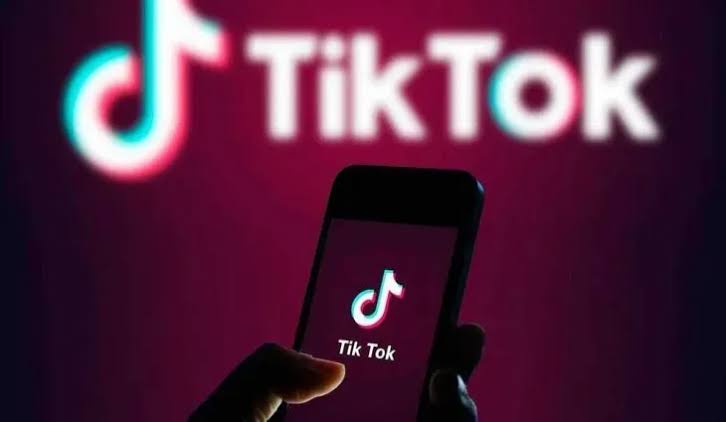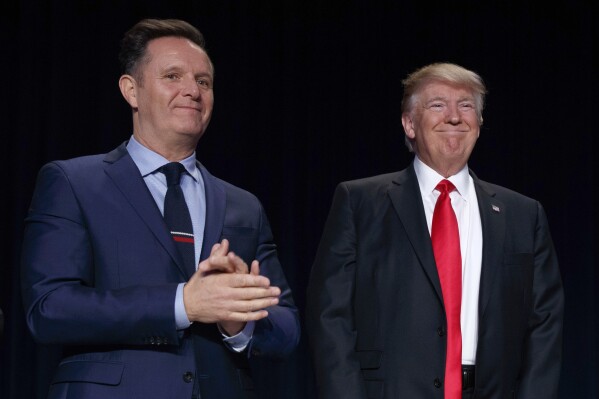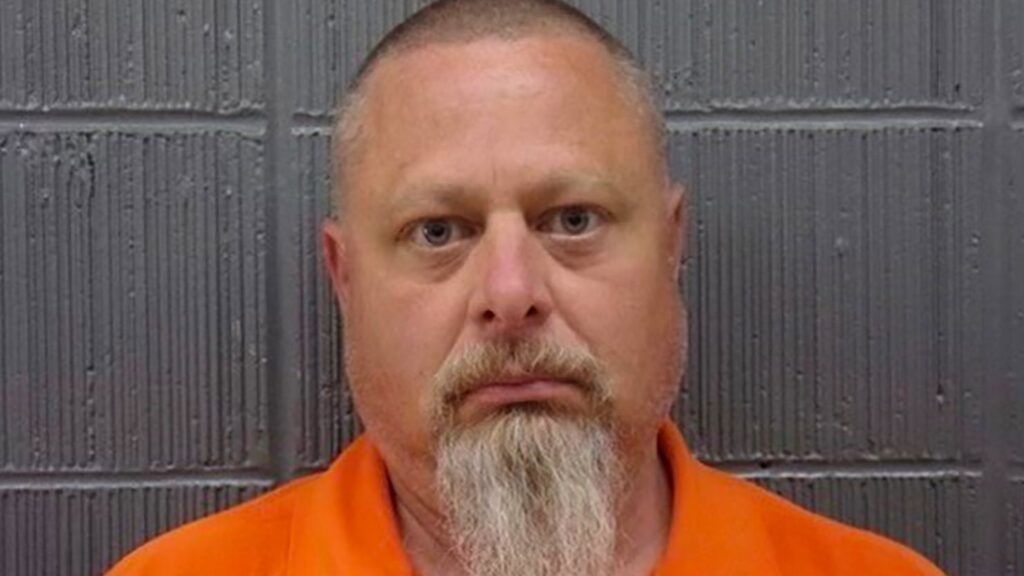The new White House data released evidently shows that the huge surge in spending to confront the economic fallout of the coronavirus pandemic fueled a historic increase in national debt; thereby, creating an unprecedented budget deficit.
According to the exclusive government data released on Friday, the U.S. budget deficit eclipsed $3.1 trillion in the fiscal year that ended Sept. 30. This is adjudged to be by far the biggest one-year gap in U.S history.
READ: Key highlights of the 2021 FGN budget
The data is a stark reflection of the staggering blow that the COVID-19 pandemic has dealt to the U.S. economy. The deficit – which is the gap between government spending and tax revenue – shows the dramatic surge in spending that the U.S. government approved, in order to contain the pandemic’s fallout earlier this year.
According to the data jointly released by the White House and the Treasury Department, the deficit last year was about $1 trillion, which represented an elevated level but pales in comparison to the 2020 tally. For 2020, the government spent $6.552 trillion, up from $4.447 trillion a year ago. The government brought in $3.420 trillion in tax revenue in 2020, a slight decrease from 2019.

Backstory
Trump fell far short of his pledge to curb the national debt from the 2016 presidential campaign when he argued “We’ve got to get rid of the $19 trillion in debt.” He spearheaded a Republican effort to approve $2 trillion in tax cuts in 2017 and also worked with Congress to approve large spending increases in 2018.
What they are saying
According to Marc Goldwein, a Budget Expert at the Committee for a Responsible Federal Budget, which advocates for reducing the deficit, “Most of the increase in the deficit relative to last year is higher spending as a result of covid relief.”
GTBank 728 x 90
READ: Nigeria allocates N3.12 trillion to service debt in 2021, as fiscal quagmire undermines ambitious recovery
According to Angela Hanks, Deputy Executive Director of the Groundwork Collaborative, a left-leaning group,
“America’s failure to adequately stimulate the economy led to a tepid recovery from the Great Recession, and lawmakers should avoid making the same mistake again. Congress must still pass more spending to prevent people from going hungry or losing their homes.”
Brian Riedl, a Budget Analyst at the conservative-leaning Manhattan Institute, warned that America’s jobs recovery has already picked up the “low-hanging fruit” positions that were easy to bring back.
READ: Nigeria’s worsening current account deficit piles pressure on exchange rate
Jaiz bank ads
Other jobs in sectors such as the hospitality, airline, and restaurant industry will be harder to bring back, particularly as the U.S. braces for an increase in coronavirus cases during the cold winter months. She added that “The growth is leveling off. The economic recovery is leveling off, which means the deficit numbers will continue to be pretty bad.”
Why this matters
The new figures come as the White House and House Speaker, Nancy Pelosi, (D-Calif.), are locked in negotiations about another round of economic relief, which could include another $2 trillion in aid. Spending like this could further add to the government’s budget deficit.
READ: 2021 Budget: FG projects spending plan of N11.86 trillion and deficit of N5.16 trillion
A range of Economic Experts across the political spectrum, including Federal Reserve Chairman, JH Powell, have said the assistance is necessary to prevent the economic recovery from flagging and keep millions from falling into poverty. Businesses have picked up the pace of layoffs in recent weeks, particularly at travel-related companies.
The optics
Numerous Republican lawmakers have bristled at the federal spending spree in response to the pandemic, and the surging deficit may fuel their reluctance to authorize additional relief.
Conservatives alarmed by the deficit may also push hard for its reduction, should Democratic Presidential nominee – Joe Biden, win the election. This will set the stage for a revival of the fierce budget battles that characterized much of the Obama administration.
Despite the increase of the deficit, economists and lawmakers from both sides of the political aisle have clamored for more government spending.
The bipartisan consensus that approved the big jump in spending earlier this year appears to have waned, and some Senate Republicans have signaled they are not comfortable with the big-spending package that the White House is now negotiating with Pelosi.
READ: ECOWAS: Single currency regime not kicking off in 2020
What you should know
The government traditionally runs some sort of budget deficit, and it finances the gap between taxes and spending by issuing debt. Interest rates are low, which has made it relatively inexpensive to issue debt. But the debt totals have risen markedly during the Trump administration, even before the pandemic, upending his 2016 campaign vow to completely eliminate the debt over eight years.
The debt when Trump entered office was about $14.4 trillion. It now stands at around $21 trillion. The previous highest deficit recorded was in 2009, when it came in at $1.4 trillion. That is less than half of the 2020′s tally.
In March and April, Congress approved close to $3 trillion in spending programs, in response to the pandemic. This included hundreds of billion of dollars in aid for the unemployed and small businesses, as well as $1,200 stimulus checks for millions of Americans.
The economy fell into a steep recession earlier this year as many businesses shut down and sent workers home because of the virus outbreak.
The government’s spending imbalance skyrocketed in April and June as the government’s coronavirus relief efforts were implemented and the economy cratered. This is because the gap between federal spending and collected tax revenue grew to unprecedented levels. The monthly deficit jumped to $738billion for April alone, which was a record until the monthly deficit for June came in at $864 billion. The June deficit was bigger than the entire 12-month deficit in 2018.
Spending soared across government agencies this year. The Department of Education, for instance, spent 96 percent more than it had last fiscal year, while the Small Business Administration spent close to $600 billion more than prior years, due to its implementation of the Paycheck Protection Program for small businesses hurt by the virus.
Monthly deficits have since subsided somewhat, both as the pace of new government spending slowed and the U.S. economy began to bounce back and the unemployment rate fell, resulting in greater tax revenues. In August, the monthly federal deficit came in at $200 billion as the amount of federal spending was halved from June. But this decrease in spending has come amid signs that the economic recovery is slowing, which has prompted the White House and some lawmakers to consider more aid.
READ: Partey Deal: Arsenal records a whopping £67 million deficit in summer of 2020 transfer window
What to expect
On Wednesday, Trump told the New York Economic Club that reducing the federal debt would be a priority of his second administration, even as he urged Congress to spend more than $1.8 trillion on an additional relief package.
Trump also said faster economic growth would erase the U.S. debt burden. Although, budget experts say spending cuts or tax hikes would be necessary to do so.



























